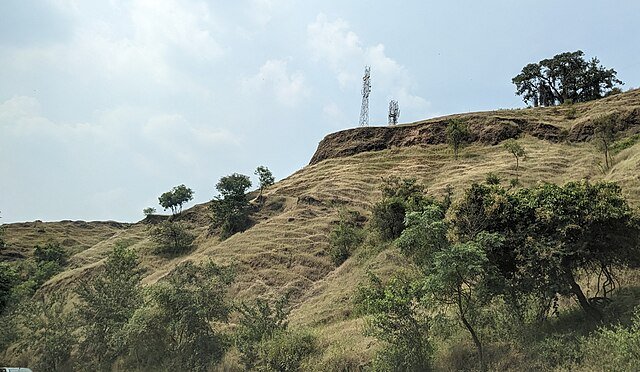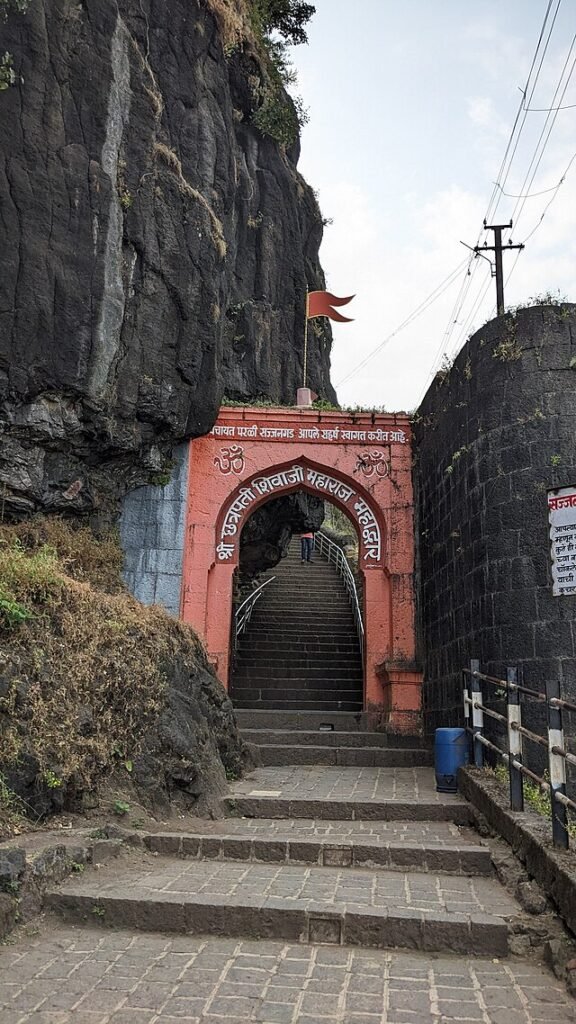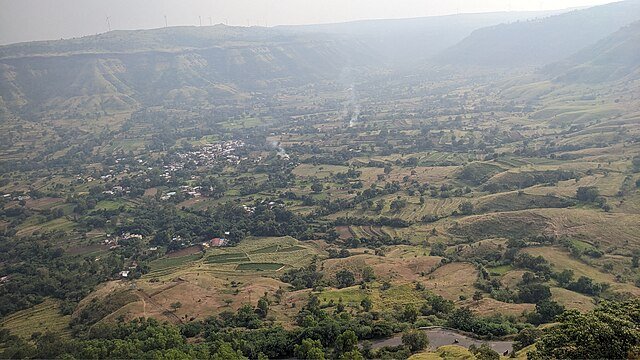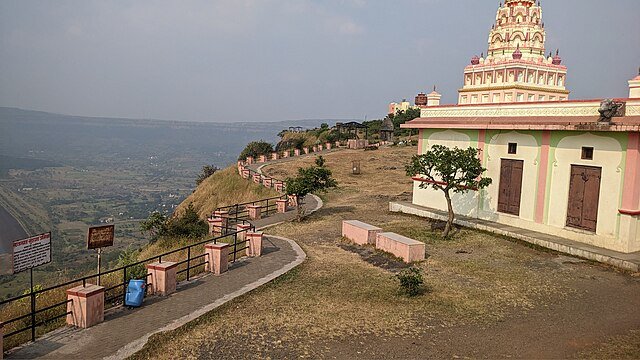Sajjangad Fort: Best for History, Spiritual Significance, and Travel Guide
- Location: Satara
- Entry Fee: Free
- Timings: 5:00 AM – 9:00 PM daily
- Categories: Forts, Historical Place, Tourist Places
- Tags: Maratha heritage sites, Maratha History, Ramdas Swami, Sajjangad Fort, Sajjangad history, Satara Tourism, Spiritual Maharashtra, Spiritual places in Maharashtra
- Location Taxonomy: India, Maharashtra, Satara
Nestled in the Sahyadri ranges near Satara, Maharashtra, Sajjangad Fort is not just a historical monument—it is a spiritual sanctuary that continues to inspire thousands of devotees and travelers. Known as the final resting place of Saint Ramdas, the spiritual guru of Chhatrapati Shivaji Maharaj, Sajjangad is a rare blend of Maratha history, devotional heritage, and natural beauty.
This article explores the complete history, architecture, spiritual importance, and travel tips for visiting Sajjangad Fort, making it a must-read for pilgrims, trekkers, and heritage enthusiasts.
Historical Background of Sajjangad Fort

- Original Name: As per historical records, the fort was originally known as “Aswal Dongar.”
- Built By: The fort was constructed by the Bahamani rulers in the 14th century.
- Captured By: Later captured by the Adil Shahi dynasty of Bijapur.
- Maratha Era: In 1673, Chhatrapati Shivaji Maharaj took control of the fort and offered it to his spiritual guru, Samarth Ramdas Swami.
- Legacy: Sajjangad became the spiritual headquarters of Ramdas Swami’s teachings and remains a center of devotion to this day.
The name “Sajjangad” translates to “Fort of Good People,” reflecting its transformation into a spiritual retreat.
Architectural Features of Sajjangad Fort

Though not a typical military fort, Sajjangad Fort has several architectural elements that reflect its historical and spiritual significance.
Key Highlights:
- Fort Entrance: Stone archways and bastions mark the entrance, with inscriptions from the Maratha period.
- Samadhi Mandir: The shrine of Samarth Ramdas Swami, where devotees pay their respects.
- Temples: Several small temples dedicated to Lord Ram and Hanuman.
- Prayer Halls: Used for daily bhajans and spiritual discourses.
- Residential Quarters: Rooms for sadhus and pilgrims who stay for spiritual retreats.
- Water Tanks: Ancient rock-cut cisterns that still provide water.
The fort’s layout is simple yet serene, designed to foster meditation and spiritual reflection.
Spiritual Significance of Sajjangad Fort

- Samarth Ramdas Swami: A 17th-century saint, philosopher, and poet, known for his works like “Dasbodh” and “Manache Shlok.”
- Guru of Shivaji Maharaj: Ramdas Swami guided Shivaji in spiritual and ethical governance.
- Daily Rituals: The fort hosts daily prayers, bhajans, and readings from Ramdas Swami’s texts.
- Festivals: Ram Navami and Dasbodh Jayanti are celebrated with great devotion.
- Free Meals (Prasad): Devotees are served simple, sattvic meals as part of the tradition.
Sajjangad is considered one of the most sacred places in Maharashtra, drawing thousands of visitors annually.
Location and Accessibility

- District: Satara, Maharashtra
- Altitude: Approx. 3,350 feet (1,020 meters)
- Nearest City: Satara (15 km)
- Nearest Railway Station: Satara Railway Station
- Nearest Airport: Pune International Airport (130 km)
How to Reach:
- From Pune: 130 km (approx. 3.5 hours by road)
- From Mumbai: 270 km (approx. 6 hours by road)
- Local transport and shared jeeps are available from Satara city.
Best Time to Visit Sajjangad Fort
- October to March: Pleasant weather, ideal for sightseeing and spiritual retreats.
- Monsoon (June–September): Lush greenery and misty views, but slippery paths.
- Festive Season: Visit during Ram Navami or Dasbodh Jayanti for cultural immersion.
Entry Fees and Timings
- Entry Fee: Free
- Timings: 5:00 AM – 9:00 PM daily
- Accommodation: Free lodging available for devotees; prior booking recommended.
Things to See at Sajjangad Fort (List View)
- Samarth Ramdas Swami Samadhi Mandir
- Fort Entrance and Archways
- Ram Temple and Hanuman Temple
- Dasbodh Reading Hall
- Ancient Water Tanks
- Prayer Halls and Bhajan Spots
- Viewpoints overlooking Sahyadri ranges
- Free Prasad Bhojan Hall
- Spiritual Library
- Meditation Caves
Nearby Tourist Attractions
- Ajinkyatara Fort (20 km): Historic fort overlooking Satara city.
- Kaas Plateau (30 km): UNESCO-listed valley of flowers.
- Thoseghar Waterfalls (35 km): Scenic monsoon destination.
- Yamai Devi Temple, Aundh (40 km): Famous hilltop temple.
- Mahabaleshwar (60 km): Popular hill station with viewpoints and strawberry farms.
Travel Tips for Visitors
- Wear comfortable footwear for climbing steps.
- Carry water and snacks, especially in summer.
- Respect the spiritual atmosphere—silence is appreciated.
- Photography is allowed but avoid flash inside temples.
- Participate in bhajans and prasad meals for a complete experience.
❓ FAQs about Sajjangad Fort
Q1: Who was Samarth Ramdas Swami?
A: He was a 17th-century saint, poet, and spiritual guide to Chhatrapati Shivaji Maharaj.
Q2: Why is Sajjangad Fort famous?
A: It is the final resting place of Ramdas Swami and a major spiritual center in Maharashtra.
Q3: What is the best time to visit Sajjangad Fort?
A: October to March is ideal for pleasant weather and spiritual activities.
Q4: Is there accommodation at Sajjangad Fort?
A: Yes, free lodging is available for devotees with prior booking.
Q5: How far is Sajjangad Fort from Pune?
A: Approximately 130 km, around 3.5 hours by road.
Conclusion
Sajjangad Fort is more than a historical site—it is a living legacy of devotion, discipline, and Maratha pride. Whether you seek spiritual solace, historical insight, or a peaceful retreat in the Sahyadris, Sajjangad offers an experience that transcends time. From the teachings of Ramdas Swami to the panoramic views of Satara, every corner of the fort echoes with purpose and peace.
